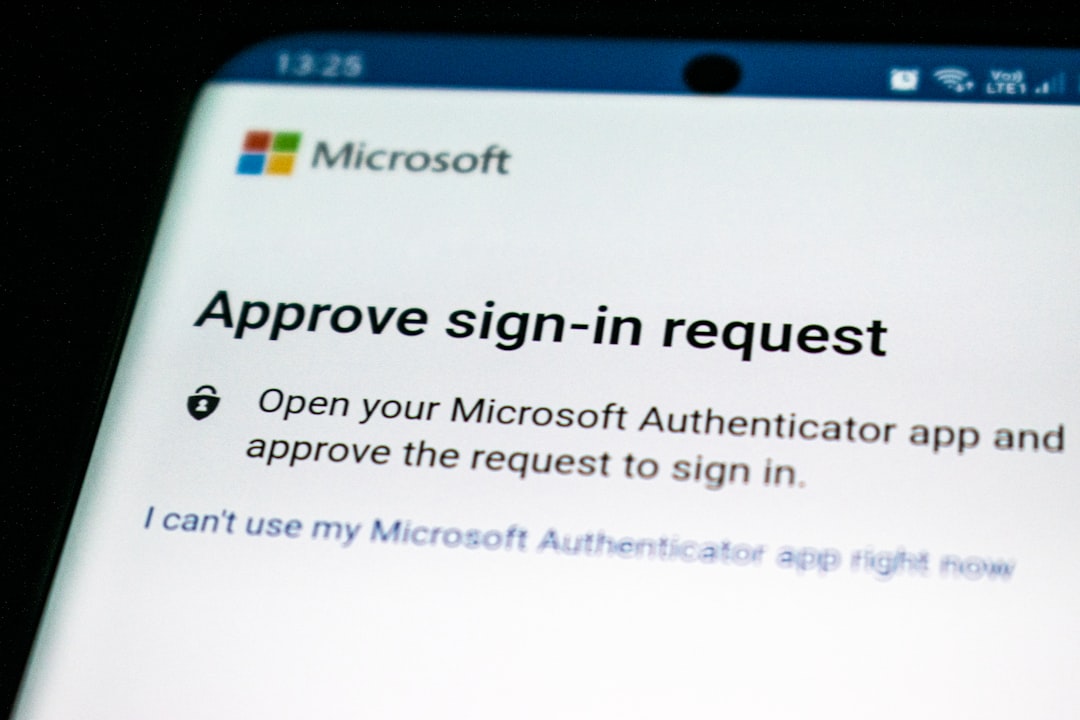Unlocking the Digital Fortress: Exploring Passwords, Sessions, Cookies, Tokens, JWT, SSO, and OAuth
In conclusion, the landscape of authentication mechanisms is constantly evolving to meet the demands of an interconnected world.
In today's interconnected digital landscape, security and authentication are paramount. As users interact with various online services, the need for robust and user-friendly authentication methods has led to the development of several key concepts: Passwords, Sessions, Cookies, Tokens, JWT (JSON Web Tokens), Single Sign-On (SSO), and OAuth. This article takes you on a comprehensive journey through these concepts, exploring their significance, mechanisms, and their roadmap to the future of secure authentication.
Understanding the Basics
Passwords:
Passwords have been the cornerstone of authentication for decades. Users provide a unique combination of characters to prove their identity. While easy to understand, passwords can be vulnerable to breaches due to weak choices, reuse, and phishing attacks.
Sessions and Cookies:
Sessions and cookies work in tandem to enhance user experience and maintain state across web applications. A session is a server-side mechanism to store user data, while cookies are small pieces of data stored on the client-side. Cookies often contain session identifiers for seamless user interactions.
Tokens:
Tokens are self-contained pieces of data that can contain user identity, permissions, and other attributes. They are used for authentication and authorization in various scenarios, from APIs to mobile apps. Tokens are often more secure than traditional session cookies.
JWT (JSON Web Tokens):
JWT is a compact, URL-safe means of representing claims between two parties. It is commonly used for securely transmitting information between parties, often as part of a user authentication process.
Single Sign-On (SSO):
SSO enables users to access multiple applications with a single set of credentials. Users log in once, and their identity is shared across multiple applications. This enhances user convenience and reduces the need for multiple login credentials.
OAuth:
OAuth is an authorization framework that allows third-party applications to access resources on a user's behalf without exposing the user's credentials. It's widely used for enabling secure interactions between different applications.
Exploring the Mechanisms
Passwords:
Passwords rely on user-generated secrets. The challenge lies in enforcing strong password policies, encouraging users to create unique passwords, and safeguarding against brute-force attacks.
Sessions and Cookies:
Sessions are maintained on the server, and a unique identifier is stored in the client's cookies. While effective, sessions can be vulnerable to session hijacking if not properly secured.
Tokens:
Tokens can be classified into access tokens and refresh tokens. Access tokens grant access to specific resources, while refresh tokens allow obtaining new access tokens without requiring the user to re-enter credentials.
JWT (JSON Web Tokens):
JWTs consist of three parts: a header, a payload, and a signature. The payload contains the claims, which are statements about an entity and additional metadata. JWTs are often used to authenticate users in web applications.
Single Sign-On (SSO):
SSO mechanisms include identity providers (IdPs) and service providers (SPs). The IdP authenticates the user and shares identity information with the SP, eliminating the need for separate credentials for each service.
OAuth:
OAuth involves multiple actors: the resource owner, the client application, the authorization server, and the resource server. The authorization server issues access tokens to the client after the resource owner grants permission.
The Roadmap to the Future
As technology continues to evolve, these authentication mechanisms are poised for further advancements:
1. Passwordless Authentication:
Passwords are being gradually replaced by passwordless authentication methods, such as biometric authentication (fingerprint, facial recognition) and multi-factor authentication (MFA). These methods offer higher security and user convenience.
2. Tokenization and Encryption:
Tokenization involves replacing sensitive data with unique tokens, reducing the risk of data breaches. Additionally, encryption techniques are continuously evolving to protect data at rest and in transit.
3. Advanced JWT Usage:
JWTs are gaining popularity due to their simplicity and versatility. In the future, we can expect improved standards, better validation mechanisms, and increased adoption of JWTs for secure communication.
4. Adaptive Authentication:
Adaptive authentication uses contextual information to assess the risk of a login attempt. It adapts the authentication process based on factors like user location, device, and behavior.
5. Zero Trust Architecture:
Zero Trust challenges the traditional perimeter-based security model. It assumes that threats can exist both inside and outside the network, emphasizing identity-based authentication and continuous monitoring.
6. Improved SSO and OAuth Integrations:
As cloud services and APIs become more prevalent, SSO and OAuth will continue to evolve to support seamless access to resources across different platforms.
7. Decentralized Identity:
Decentralized identity systems enable users to own and control their identity information. Blockchain technology is being explored to provide a secure and decentralized identity management solution.
8. AI-driven Security:
Artificial intelligence will play a significant role in identifying anomalies and potential security threats. Machine learning models can detect unusual behavior patterns and trigger alerts.
In conclusion, the landscape of authentication mechanisms is constantly evolving to meet the demands of an interconnected world. The concepts of passwords, sessions, cookies, tokens, JWT, SSO, and OAuth have paved the way for secure digital interactions. As technology progresses, the roadmap to the future includes more advanced authentication methods, enhanced security measures, and a user-centric approach to authentication. Organizations and individuals alike must stay informed about these developments to ensure their digital interactions are both secure and seamless.

